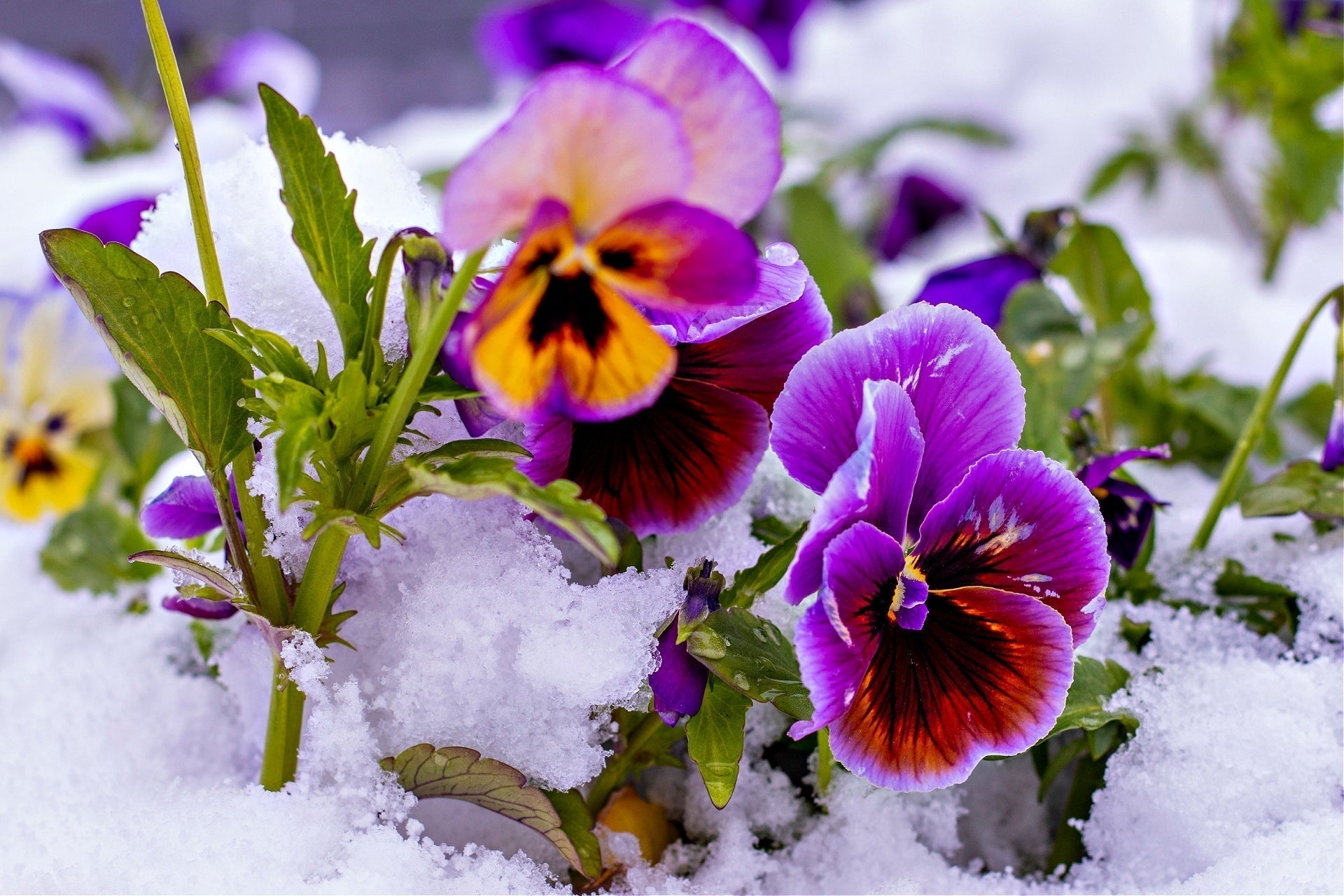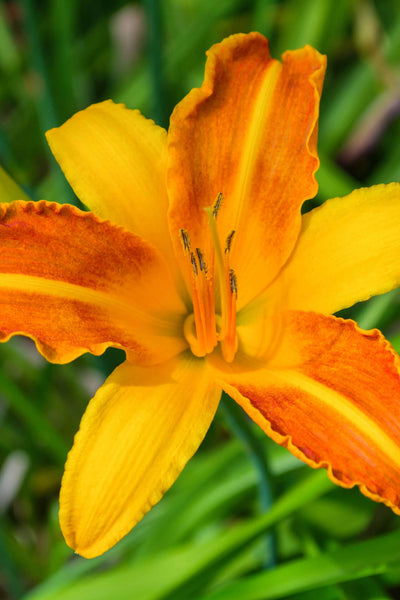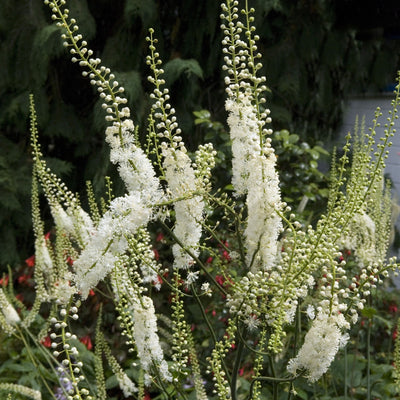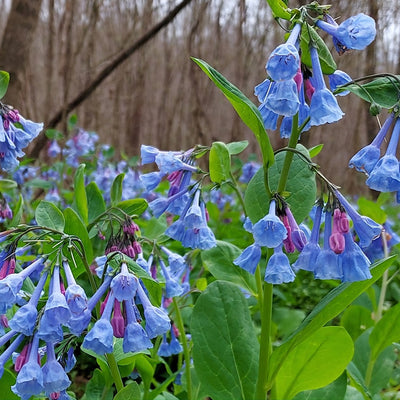Perennial Flowers – Bring Lasting Color to Your Garden
The heart of a garden that lasts forever is its perennial flowers. They are known for coming back year after year, and they add color, texture, and vitality to landscapes all year long. Perennials, on the other hand, have deep roots that keep plants alive for years. This creates a cycle of regeneration that every gardener loves.
Perennial flowers can be used in many different ways, whether you have a big yard or a little garden bed. These plants, including Black-Eyed Susan and Coneflower (Echinacea), are beautiful and long-lasting. They also help pollinators and make the ecology better.
Why Choose Perennial Flowers for Your Garden?
Perennials flowers are great for gardeners who want plants that will last a long time and look good with little work. Once they are established, they do well every year, and they often get bigger and more colorful over time. They may grow in many different climates and types of soil, and they can readily fit into any garden style, from a cottage to a formal landscape.
One of the best things about low-maintenance perennial flowers is that they are dependable. Daylilies and Hostas are two examples of plants that only need minimal watering and sunlight. Their thick roots help plants survive dry spells, so you don't have to take care of them all the time. Perennials also help the environment by giving bees, butterflies, and other helpful insects nectar and a place to live.
If you want to make your outdoor space last, perennials are a good place to start.
Best Perennial Flowers to Brighten Your Yard:
Explore our collection of standout native perennials:
- Purple Coneflower (Echinacea purpurea): A pollinator magnet known for boosting immune systems and beautifying borders.
- Daylilies (Hemerocallis): Long-blooming and adaptable, perfect for adding continuous color in summer.
- Bee Balm (Monarda): A native that lures hummingbirds and butterflies, adding fragrance and charm.
- Wild Blue Phlox (Phlox divaricata): A spring-blooming carpet of soft blue that thrives in woodland settings.
- Black Cohosh (Actaea racemosa): A striking shade perennial with medicinal roots and tall white spires.
- Larkspur Delphinium: Adds vertical height and rich blue or purple tones to perennial borders.
- Virginia Bluebells: Soft, nodding bells in early spring that fade beautifully into summer green.
Perennial Flowers for Every Need
Our perennial collection caters to all kinds of gardeners and projects:
- Low-maintenance options like Yarrow, Jacob's Ladder, and Hostas.
- Wild Ginger and Ferns are two options that deer won't eat.
- Milkweed, Blue Vervain, and Jewelweed are all good choices for pollinators.
- Native woodland varieties such as Solomon's Seal, Jack-in-the-Pulpit, and Hepatica.
These perennials aren't just beautiful-they're functional. They help improve soil health, retain moisture, and reduce the need for chemical fertilizers by establishing deep root systems that support long-term garden health.
FAQs
What are perennial flowers?
Plants that live for more than two years and come back each season from the same root system are called perennial flowers.
When is the best time to plant perennials?
Spring and fall are the best times to plant since the roots can grow before the weather gets too hot or cold.
How often do perennial flowers bloom?
Different plants bloom at different times. Some perennials only bloom once a year, whereas others, like Daylilies, bloom several times over the season.
Which perennial flowers are easiest to grow?
Black-Eyed Susan, Coneflower, and Daylily are some of the best plants for beginners and experts alike because they are easy to care for and last a long time.
How can I design a perennial garden that blooms all year?
Pick a variety of perennials that bloom in the spring, summer, and fall. By mixing types with bloom times that overlap, you can have color all year round.



